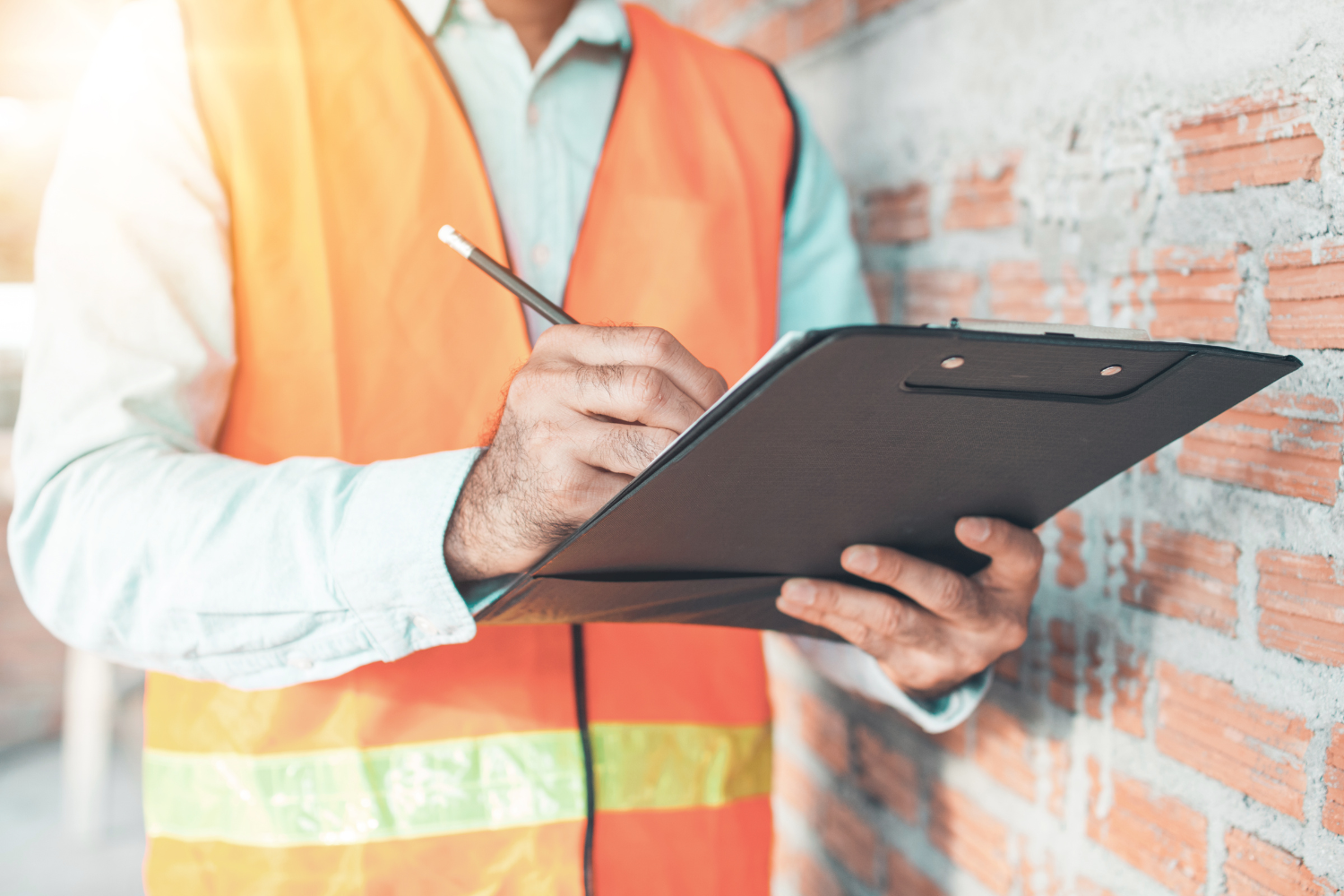Your Furbnow Privacy Settings
In order to give you the best experience, we use cookies for performance, analytics, personalisation, advertising and to help our site function. Want to know more? Read our Privacy Policy.
Published on February 6th, 2023
Cavity wall insulation consists of two walls with a hollow centre filled by either mineral wool, polystyrene beads or polyurethane.

Cavity wall insulation consists of two walls with a hollow centre filled by either mineral wool, polystyrene beads or polyurethane.
The idea is that the walls, generally found in older houses (circa 19th Century), would have a gap between them in order to reduce the transfer of cold air. In recent years it’s been found that filling these gaps with mineral wool or polyurethane helps further reduce the transfer of cold air.
Here we look at:
Read: How Furbnow gives you choice over home energy upgrades to reduce your bills
The main reason to install cavity wall insulation is to make your home warmer. On average UK homes lose about a third of their heat through the walls. By insulating them you can be sure to retain more of that heat and in turn you should also see your bills come down. The Energy Saving Trust calculates the average semi-detached 3-4 bed house should save around £395 per year. Having cavity wall insulation can mean improving your EPC rating, which can also increase the value of your property. So there’s an additional financial incentive if you needed one.
Because you use less energy to heat your home when you have insulation, it also means your home will create less emissions, so having cavity wall insulation means you're reducing your impact on the environment.
There are also health benefits to having a well insulated home. You should have less damp which is better for your respiration, and generally being warmer means less aches and pains or coughs and colds. As we say, a healthier home means a healthier homeowner.
Read: 7 Signs that your home isn’t energy efficient
Installers will drill holes in the outside walls, inject insulation through the holes and then seal them with cement. The holes are around around 2mm in diameter and are drilled about 1m apart in each wall. Once they’ve blown the insulation into the wall they then seal the hole with cement so that you barely notice them.
Any retrofit installer will first need to survey your property to make sure you get the right work done and where we’d need to do the work. This takes around 1-2 hours and involves thermal imaging to see where the heat is leaving your home. When they come to install the cavity wall insulation, it usually takes around two hours to fill the walls with insulation.
You can have cavity wall insulation work done alongside other jobs, like installing double glazing or getting a kitchen extension, or whatever it might be. In fact we actively encourage you to get as much work done at the same time as possible as it saves money as you have builders already on site, it means less disruption as you only have the builders in once, and it’s less carbon intensive so better for the environment.
Read: How to improve your home’s Energy Performance Certificate
The first thing to do to find out if you need cavity wall insulation is check what type of wall you have. Generally cavity walls have even bricks laid lengthways, while solid walls have an alternating pattern of bricks laid lengthways and sideways. You should also be able to see from the thickness of the walls around the window. If the wall is more than 260mm wide then it’s likely to be a cavity wall. You can also check your home’s EPC rating which gives a breakdown of your insulation ratings.
If you feel the walls and can feel cold patches then this suggests that the walls aren’t insulated or aren’t insulated well.
The best thing to do is have a retrofit assessor visit your home and perform a full house assessment. This will give you an insight into all aspects of your home’s energy efficiency and show you what changes you need to make.
It’s a bit of a wild west out there when you’re booking your own installers, and you certainly don’t want a bunch of cowboys leaving you with poorly installed insulation. That’s why we recommend having a home retrofit assessment and using services like Furbnow’s to organise the accredited contractors to carry out the work.
That said if the last owner of your property got some work done that’s left you with a job on your hands or wondering where a drought is coming from then you might want to check if your home is properly insulated.
Feeling for cold patches as mentioned is a good way of checking if cold air is transferring through the cavity wall. Cold draughts and damp are also a sign that your home isn’t ventilated. Again a retrofit assessor will be able to give you an exact idea of where your home is performing, they carry out a ventilation report and can use thermal imaging to see where heat is being lost.
Book a home assessment and start your journey to a healthier home with Furbnow.
Written by

Oisin Teevan